Simple Warm-Ups to Kick Off Your PE Lesson
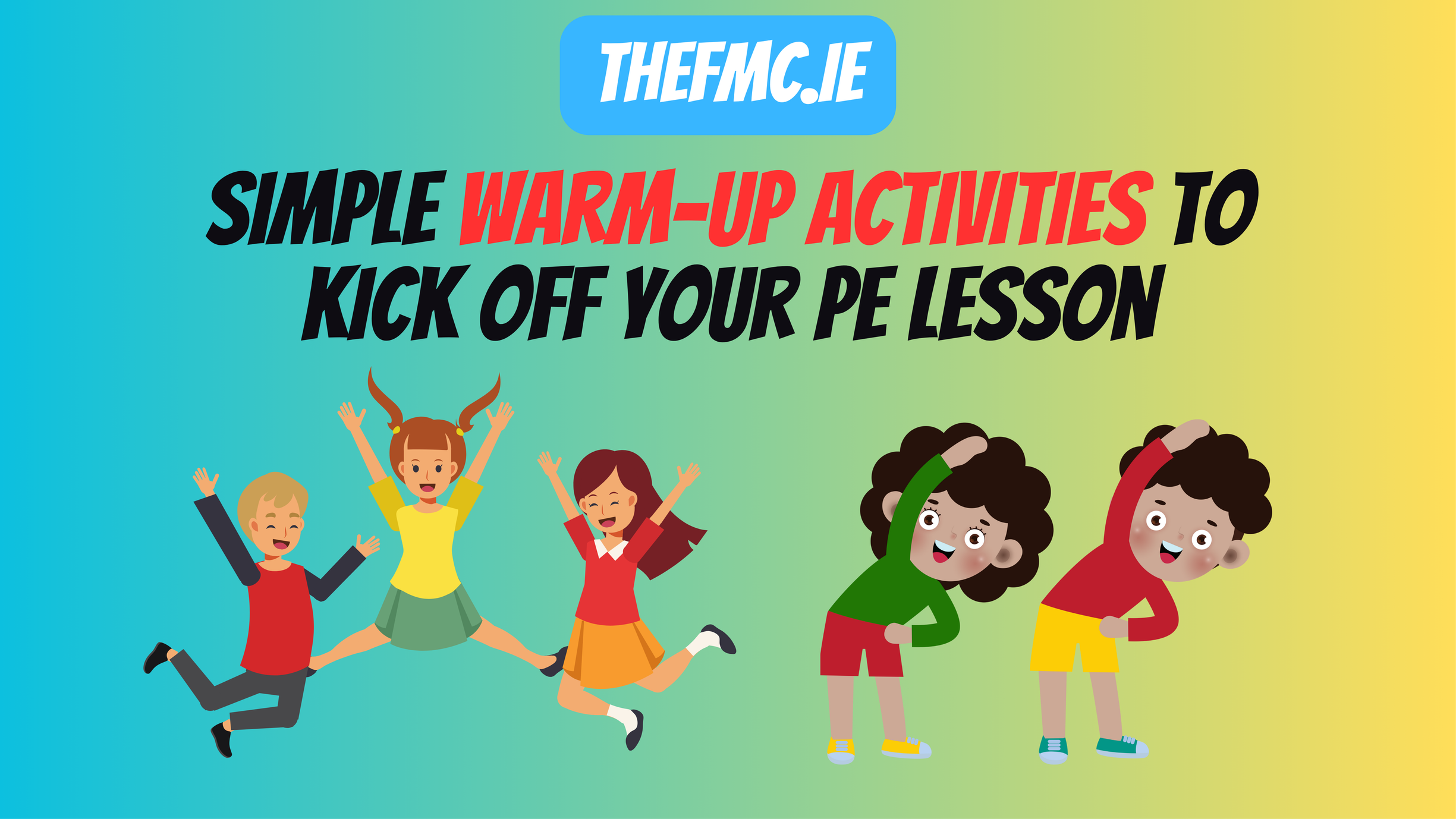
A successful PE lesson starts with a good warm-up! For teachers managing large groups, warm-ups not only help students get moving but also set the tone for the lesson. A structured warm-up followed by a cool-down keeps students engaged, prevents injuries, and prepares them mentally and physically for learning. In this post, we’ll dive into simple, effective warm-up routines and why they’re crucial for an organized PE class.
Burnout Warm-Up: Channel Their Energy Early
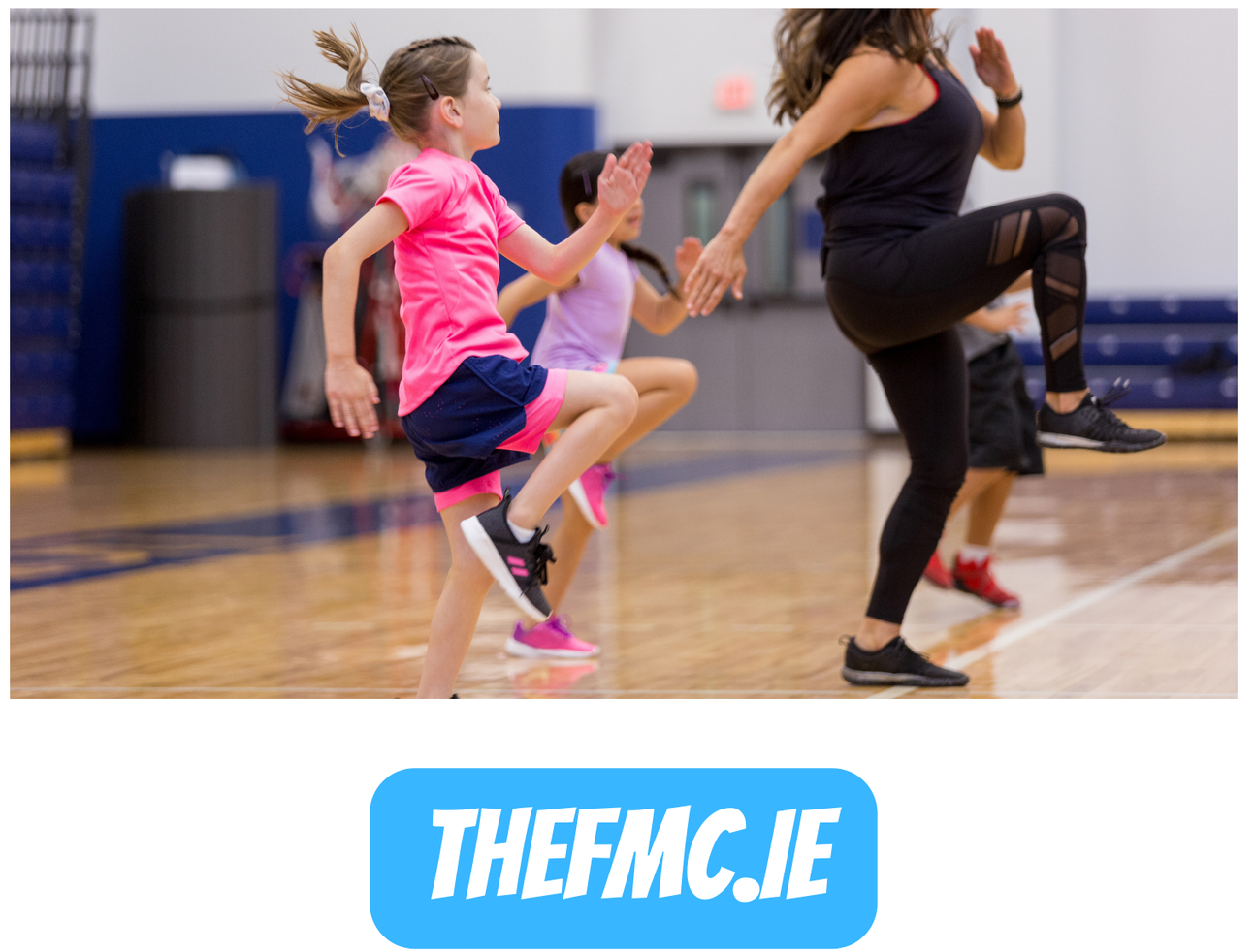
For students who come in with boundless energy, a burnout warm-up can be a game-changer! Burnout activities are designed to help students expel initial energy and get into a focused state for the rest of the lesson. Here are a few burnout activities that are quick, fun, and effective:
- Running Laps or Relay Races: Begin with short, timed laps around the gym or playground. You can even turn this into a relay race for added excitement. This activity channels energy in a fun, constructive way and gets students ready to listen and learn.
- Jump Rope Challenge: Set a timer and have students do consecutive jumps for 30 seconds, then rest. Repeat this a few times and see who can keep up the pace. It’s a quick way to tire out high-energy students while engaging those who are competitive.
- High-Knees and Fast Feet: Set up a 30-second burnout of high-knees, fast feet, or similar movements. These fast-paced exercises give students a cardio burst, helping them get focused and calm.
Tip: Keep these warm-up activities consistent from week to week so students know what to expect. They’ll arrive ready to jump right in and will understand the routine.
Keep Everyone Active: No Standing Still
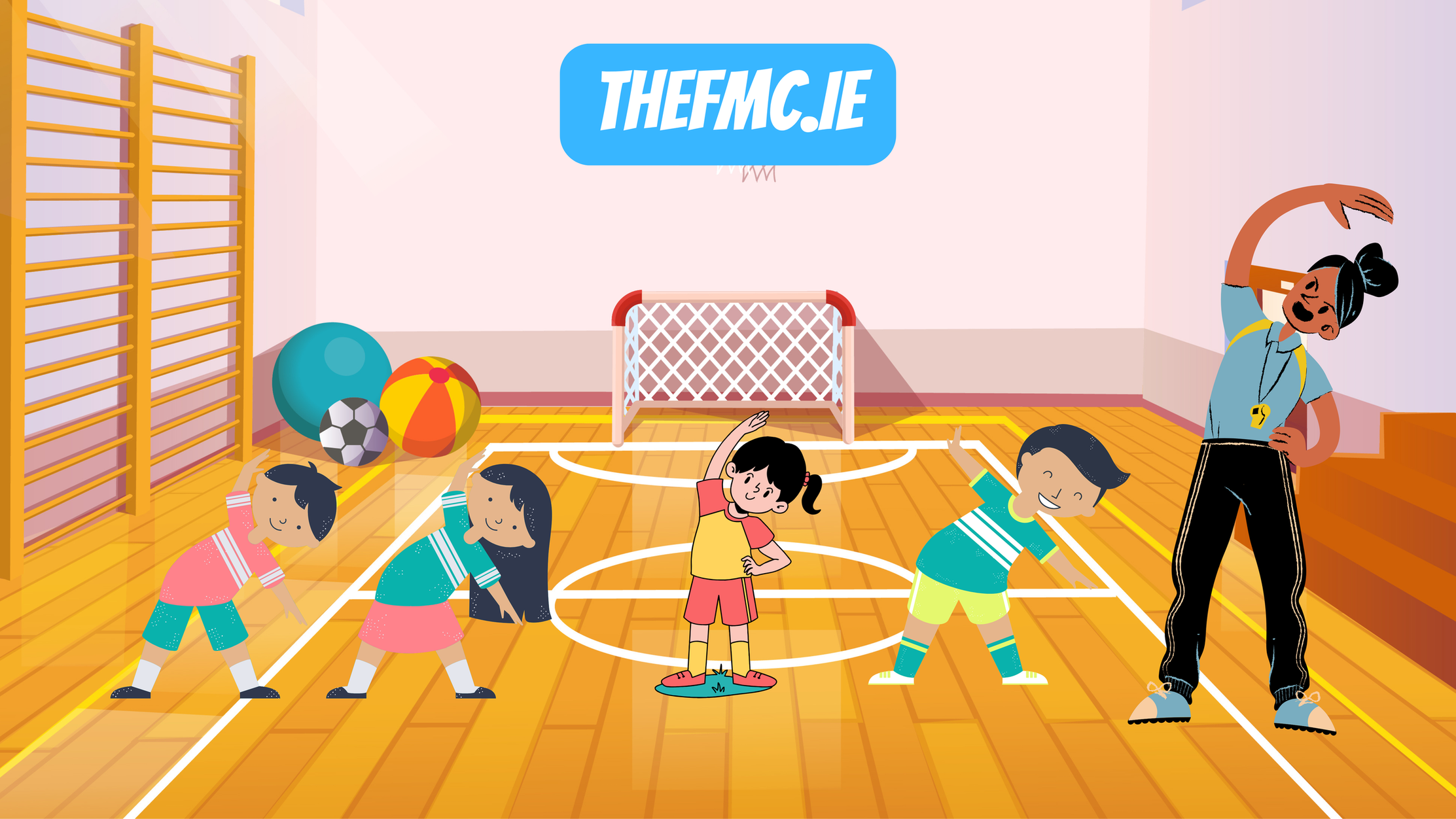
Warm-ups are most effective when they keep all students moving, even if in different ways. Here are some ideas to ensure everyone stays active:
- Mirror Movements: Divide students into pairs, where one student leads by doing different movements (like arm circles, lunges, or side steps), and the other mirrors them. After 1-2 minutes, switch roles. This keeps everyone engaged and is also a great way to practice coordination.
- Cone Circuit Drill: Set up a series of cones in a line, zig-zag pattern, or square, each representing a different movement: jumping jacks, squats, lunges, etc. Have students move from cone to cone in small groups, performing each exercise for 30 seconds before rotating to the next. This keeps them on their toes and moving at all times.
- Group Stretches: While stretching, students can do partner stretches (like hamstring or shoulder stretches) or lead small groups through basic movements, like toe-touches or arm circles. Group stretches keep students involved while preparing them for the day’s activity.
Tip: Activities that involve partners or small groups make students more accountable and help keep large groups organized. They also build teamwork skills.
Set Expectations & Learning Goals

Once students are warmed up, they’re much more receptive to instructions. Here’s how to set clear goals and expectations before jumping into the main activities:
- Quick Learning Goal Overview: Keep it short and simple, but let students know the main goal. For example, if the focus is on “improving accuracy with hand-eye coordination,” explain why this is important and how it will help them in the game or activity ahead.
- Outline Games and Skills: Share which games or skills they’ll be working on today and why. For example, if they’re working on “accuracy in throwing,” you could say, “Today, we’ll be playing games that will help us practice aiming and hitting targets with a ball.”
- Set Behavior Expectations: Outline rules for respect, listening, and working together. For example, explain that “we’ll cheer each other on,” “stay focused,” and “listen to instructions.”
Give Games Fun Names to Increase Engagement
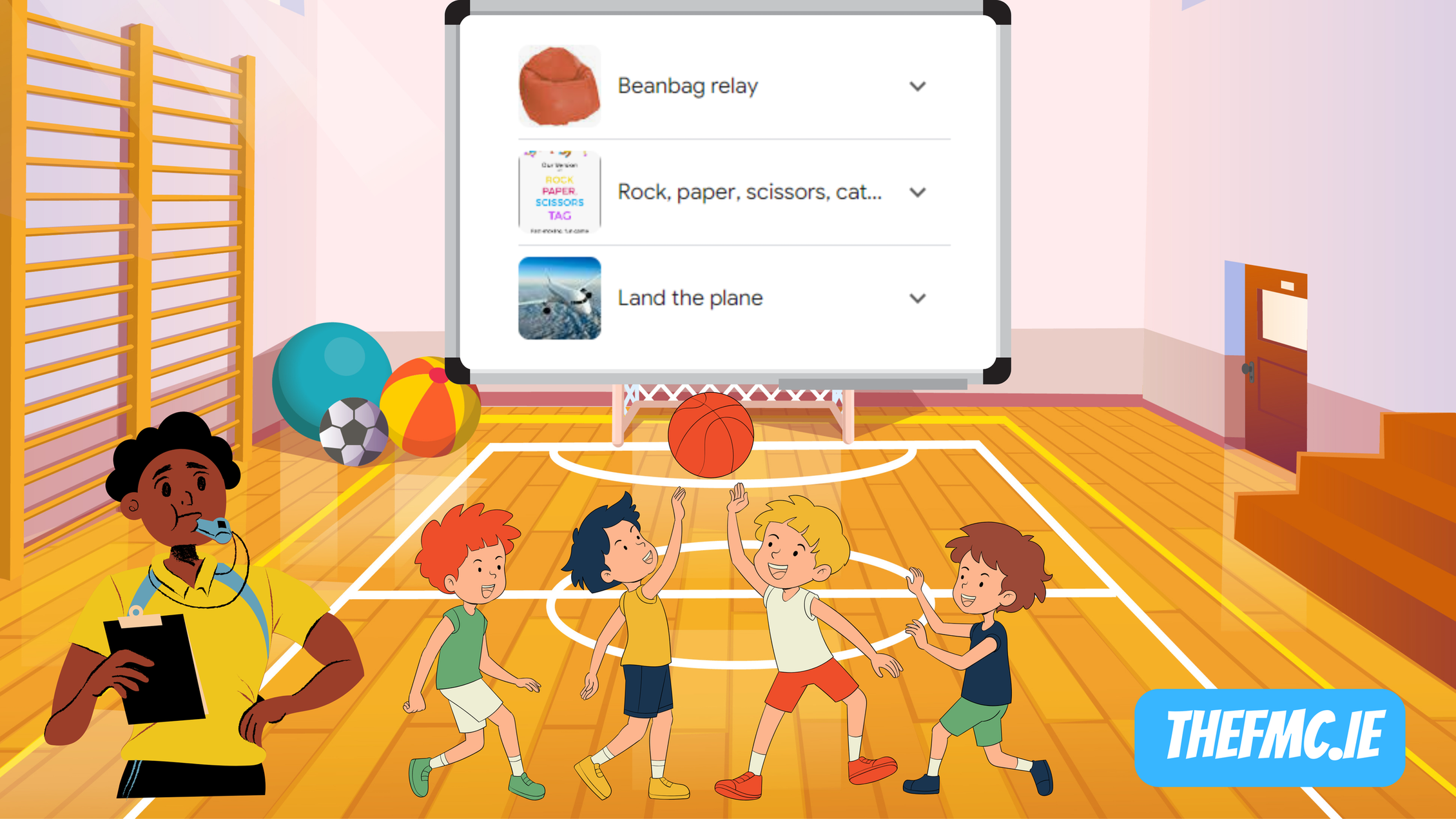
Kids love games with imaginative or fun names, so instead of calling it “relay race” or “catch game,” give it an exciting title! Here are some ideas:
- "Lightning Tag": In this twist on regular tag, students tag by lightly touching each other’s shoulder, and the tagged student has to do a “thunder clap” (jump and clap) before joining the game again.
- "Superhero Leap Challenge": During a jumping activity, students try to “leap like a superhero,” making it fun and adding an element of creativity.
- "Jungle Run": In a simple circuit of sprints and hurdles, call it “Jungle Run” and add imaginary obstacles like “avoiding quicksand” or “jumping over rivers.” A small change in the name can spark enthusiasm!
Finish with a Cool-Down to Wrap Up Smoothly
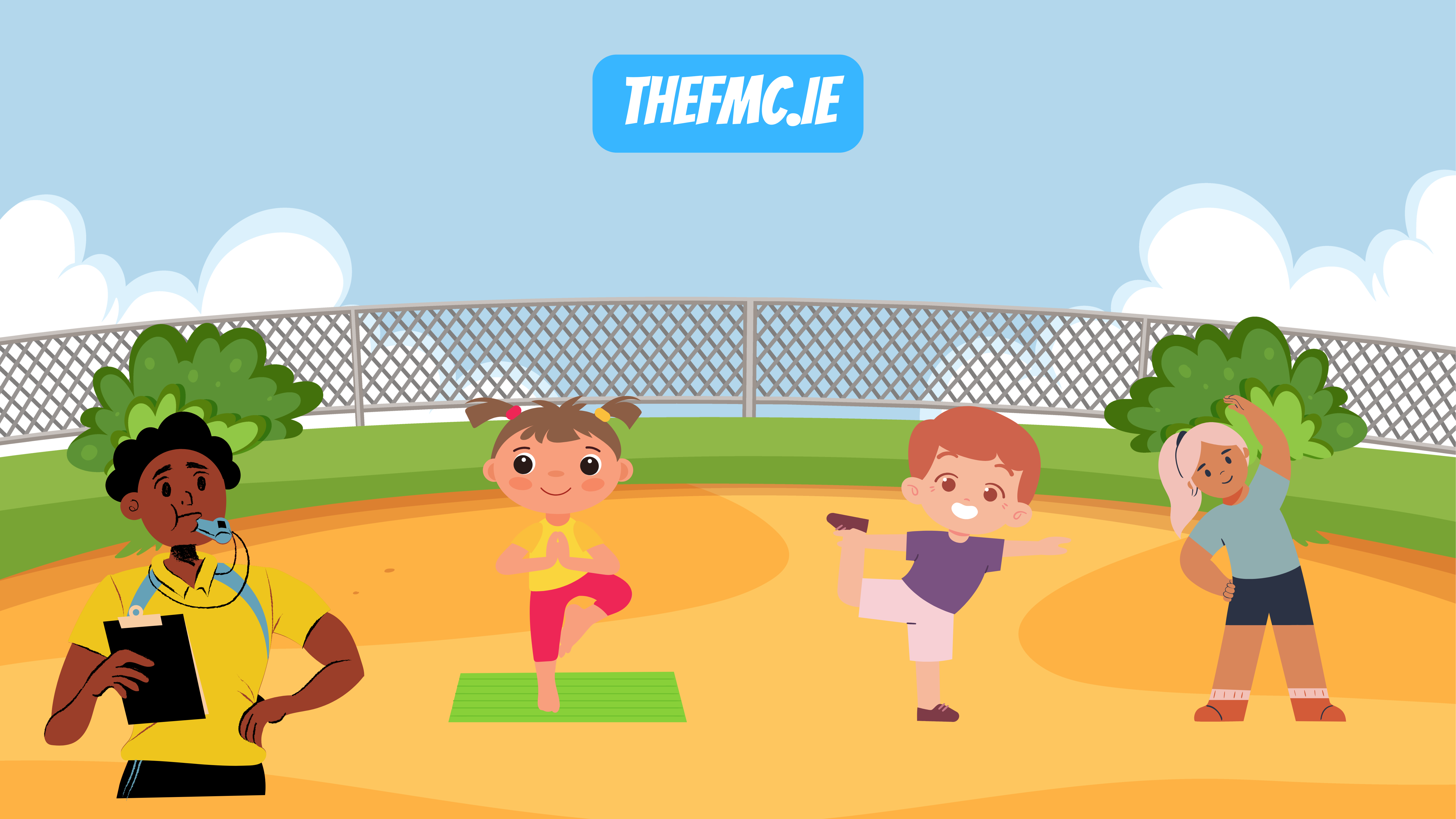
After a high-energy lesson, students need a chance to calm down and prevent muscle soreness. Here’s how to make cooling down fun and effective:
- Breathing Exercises: Have students lie down or sit cross-legged, close their eyes, and take deep breaths, focusing on relaxing their muscles. A few minutes of calm breathing helps students transition smoothly to the next class or activity.
- Stretching Circle: Gather in a circle and lead a few stretches, like touching toes, arm pulls, or neck rolls. This routine encourages a sense of unity and helps prevent injuries.
- Reflect and Discuss: Take a minute for students to reflect on the activity and talk about what they enjoyed or what they’d like to work on. You could also ask a few questions related to the skill, like “What was the hardest part of today’s game?” or “What can we do better next time?”
Tip: A calm cool-down signals a peaceful end to the lesson, helping students wind down and feel positive about their progress.
Having a structured warm-up and cool-down routine can transform the flow of your PE lessons. It helps students stay engaged, prevents injuries, and ensures a smooth transition from one activity to the next. By integrating these techniques into your routine, you’ll find it easier to manage large groups, set a positive tone for learning, and make PE an experience students look forward to.
The FMC PE Programme makes it easy to teach Fundamental Movement Skills by integrating them into every lesson. With the help of the Movement Ninja and our focused approach to FMS, you can ensure your students are mastering key skills while having fun. Plus, our pre- and post-assessment tools help you track their progress throughout the 4-6 week block. Want to learn more about how the FMC PE Programme can transform your PE lessons? Visit our blog for more tips and resources. Read more here!
Want to see how FMC makes integrating FMS effortless? Check out our website for more detailed tips and activities and grab your Free Trial to make your PE program even more impactful.
